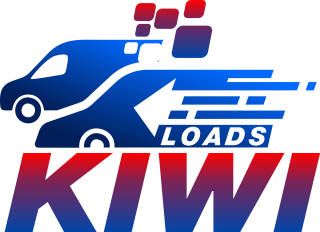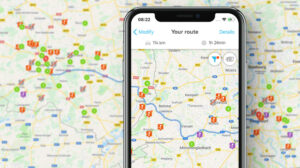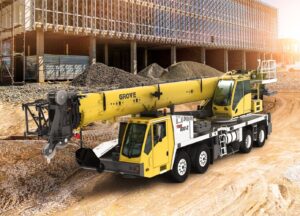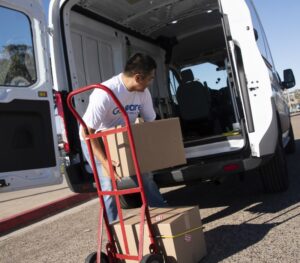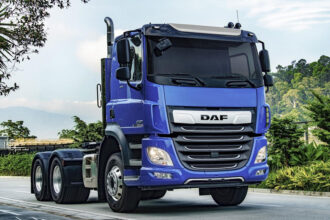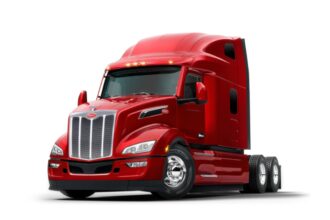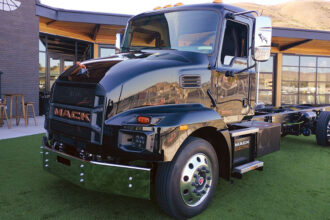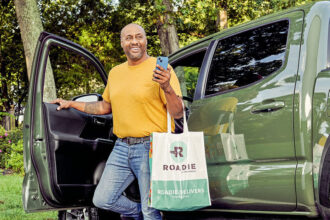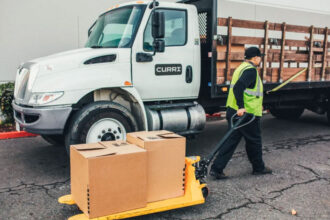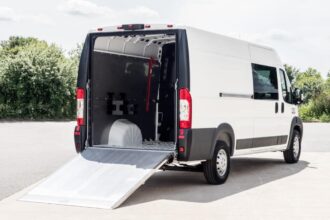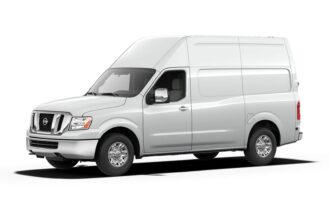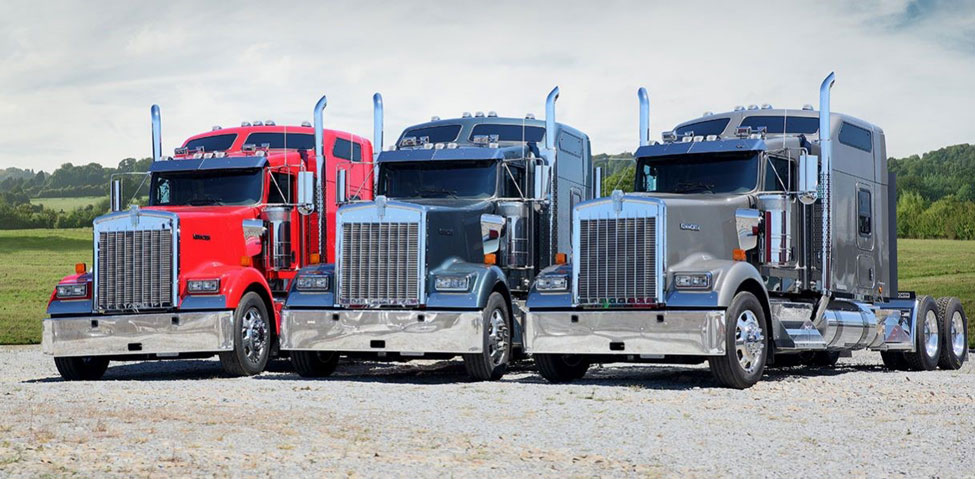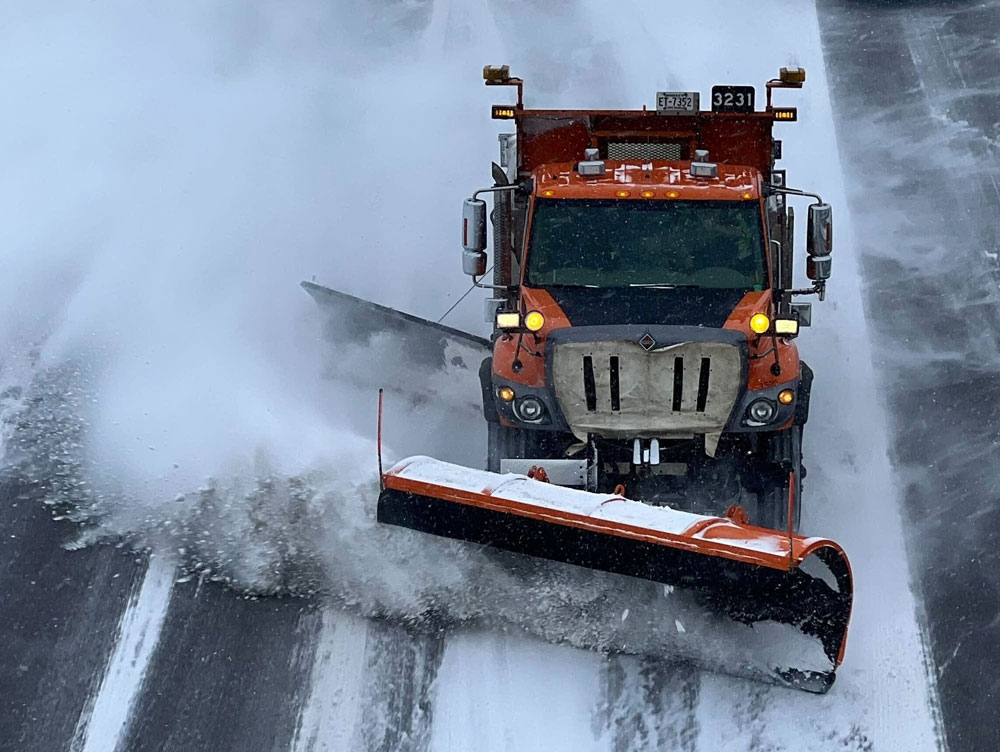Table of Contents
Imagine turning your everyday car into a vehicle of opportunity, a source of extra income, and a convenient solution for delivering packages right to people’s doors. In a world that seeks convenience and efficiency, the demand for personalized delivery services has never been higher.
Whether you’re looking to earn extra cash, optimize your daily commute, or embark on a flexible side hustle, this article shows you how to harness the power of your car to become a proficient and successful package delivery driver.
Get ready to unlock the potential of your vehicle and embark on a journey towards a more financially rewarding and flexible future!
Happy, right? Keep reading.
1. Prepare Your Vehicle
To deliver packages with your own car, prepare your vehicle. As you put your car in the right shape, you ensure that your vehicle is not only safe and efficient but also well-equipped to handle the demands of the job. Start by conducting a thorough inspection of your vehicle, checking tire pressure, brakes, lights, and fluid levels. Address any maintenance or repair issues promptly to prevent breakdowns during deliveries.
Next, consider installing a sturdy cargo organizer or divider in your trunk or rear compartment to keep packages organized and secure. If you anticipate frequent deliveries, invest in a roof rack or cargo carrier to expand your vehicle’s capacity. Additionally, make sure your vehicle is clean and presentable, as it reflects professionalism and trustworthiness to your customers.
>>>MORE: How to Deliver Packages for Amazon
2. Choose a Delivery Platform
To drop off packages with your car, choose a delivery platform. Start by researching and comparing different options available in your area. Popular platforms like Amazon Flex, DoorDash, Uber Eats, and Postmates offer various delivery opportunities. Consider factors like the demand in your location, payment structure, and the flexibility of scheduling.
Once you identify the platform that aligns with your preferences, download the corresponding app and complete the registration process. This typically involves providing personal information, vehicle details, and undergoing a background check.
Some platforms may require additional documentation, such as proof of insurance or vehicle inspections. Ensure that you meet all their requirements before proceeding. Once approved, you can start accepting delivery requests through the app, allowing you to begin your package delivery journey with your own car.
3. Plan Your Routes
To deliver packages with your own car, plan your routes. First, utilize GPS or route planning apps to map out the addresses of your delivery destinations. This initial step helps you in creating an organized route that minimizes unnecessary backtracking and travel time. Second, be mindful of time management. Take into account peak traffic hours and delivery time windows set by the delivery platform.
Planning your schedule around these factors ensures you meet delivery requirements promptly.
Next, aim to group deliveries to locations in close proximity. This reduces the number of trips and, subsequently, saves both time and fuel.
Additionally, familiarize yourself with alternate routes in case of traffic congestion or unforeseen road closures. Being adaptable in your route planning can help you avoid delays. Lastly, prioritize safety by avoiding risky areas or neighborhoods, especially during night time deliveries.
4. Load Packages
To serve items with your own vehicle, load the packages. Before you start your delivery route, it’s essential to organize and secure the packages properly in your vehicle. Begin by sorting the packages according to their destinations, making it easier to access them during your deliveries. Ensure that you handle fragile items with care and place them in a secure location within your car to prevent any damage during transit.
Utilize the available space efficiently, placing larger and heavier packages at the bottom and smaller ones on top to prevent shifting while driving. Use cargo nets or dividers if necessary to keep packages from moving around. It’s also important to double-check that you label all packages correctly and match the delivery addresses on your route to avoid any confusion. When you properly load packages, you ensure safe transportation, a smoother and more efficient delivery process, which ultimately leads to excellent customer service.
5. Deliver with Care
To deliver packages with your own car, handle the items with care. Take every precaution to safeguard the packages as you provide a positive customer experience. Start by double-checking addresses and delivery instructions before setting out on your route. Handle each package with diligence, placing fragile items securely and ensuring they won’t shift during transit.
Drive cautiously, obey traffic rules, and park legally when making deliveries. Be attentive to time commitments, aiming to deliver promptly within the specified time frame. Courteous and professional interactions with customers are also essential, as they enhance your reputation and may lead to tips or repeat business.
6. Handle Customer Interactions
To ensure a successful package delivery with your own car, handle customer interactions. First and foremost, always greet customers with a friendly and professional demeanor. Be prompt and reliable in adhering to delivery windows, and communicate any delays promptly. Politely inquire if your clients have any specific delivery preferences, such as a preferred drop-off location.
Be responsive to inquiries or concerns, addressing them promptly and courteously. If a package requires a signature, ensure that the customer signs, and if a patron is unavailable, follow the designated procedure for leaving the package securely. Lastly, always thank customers for their business, leaving a positive impression that can lead to repeat orders and high ratings on delivery platforms.
7. Manage Expenses
To convey packages with your own car to your customers, manage your expenses. Start by tracking all costs associated with your vehicle, including fuel, maintenance, insurance, and depreciation. Keep meticulous records of these expenses to accurately calculate your profitability. Consider optimizing your route planning to minimize fuel consumption and wear and tear on your car.
Additionally, explore tax deductions related to your delivery business, such as mileage deductions, to reduce your overall tax liability. Being proactive in monitoring and minimizing expenses helps ensure that your package delivery venture remains a profitable and sustainable source of income.
>>>GET SMARTER: How To Get Business Insurance For Cargo Van Delivery Service
8. Track Earnings
To manage your package delivery business, track your earnings. To do this effectively, maintain a detailed record of your income and expenses. Every delivery platform provides earnings summaries, detailing your payments. You can also consider calculating your own earnings by subtracting expenses like gas, maintenance, and insurance from your total income. By keeping organized records, you can monitor your financial progress, identify peak earning times, and make informed decisions about your delivery strategy. This information helps you understand your profitability, set income goals, and ensure that your venture into package delivery with your car remains financially rewarding.
9. Optimize Your Strategy
To deliver packages with your car, optimize your strategy. Start by analyzing delivery data to identify high-demand areas and peak hours. Adjust your schedule to prioritize these times and locations. Utilize navigation apps and route optimization tools to minimize travel time between stops. Efficiently group deliveries in proximity to reduce fuel consumption.
Maintain your vehicle regularly to avoid breakdowns and downtime. Also, build strong customer relationships by providing excellent service to increase tips and ratings. Finally, stay up-to-date on the latest trends and technologies in the delivery industry so as to adapt and evolve your strategy continually, ensuring long-term success.
Recap
Delivering packages with your own car involves a comprehensive process to ensure success. It all starts with preparing your vehicle. Regular maintenance and checks are crucial to keep your car in top condition, minimizing the risk of breakdowns during deliveries.
Next, you need to choose a delivery platform that suits your goals and preferences. Registering as a driver is typically the next step, where you provide necessary documentation and information.
Planning your routes is essential for efficiency. Use navigation tools to find the shortest and fastest ways to reach your destinations. Grouping deliveries by location can also save time and fuel.
Once you’re on the road, loading packages securely is vital to prevent damage. Handle them with care to maintain their condition. Interacting with customers must always be courteous and professional. Good customer service can lead to higher tips and better ratings.
Managing expenses is crucial for profitability. Keep track of fuel costs, maintenance, and other expenses related to your deliveries.
Tracking earnings allows you to gauge your progress and profitability accurately. Keep detailed records of your income and expenses for tax purposes.
Lastly, optimizing your strategy is an ongoing process. Analyze delivery data to identify trends and opportunities. Adapt your routes, timing, and approach to increase efficiency and earnings continuously.
